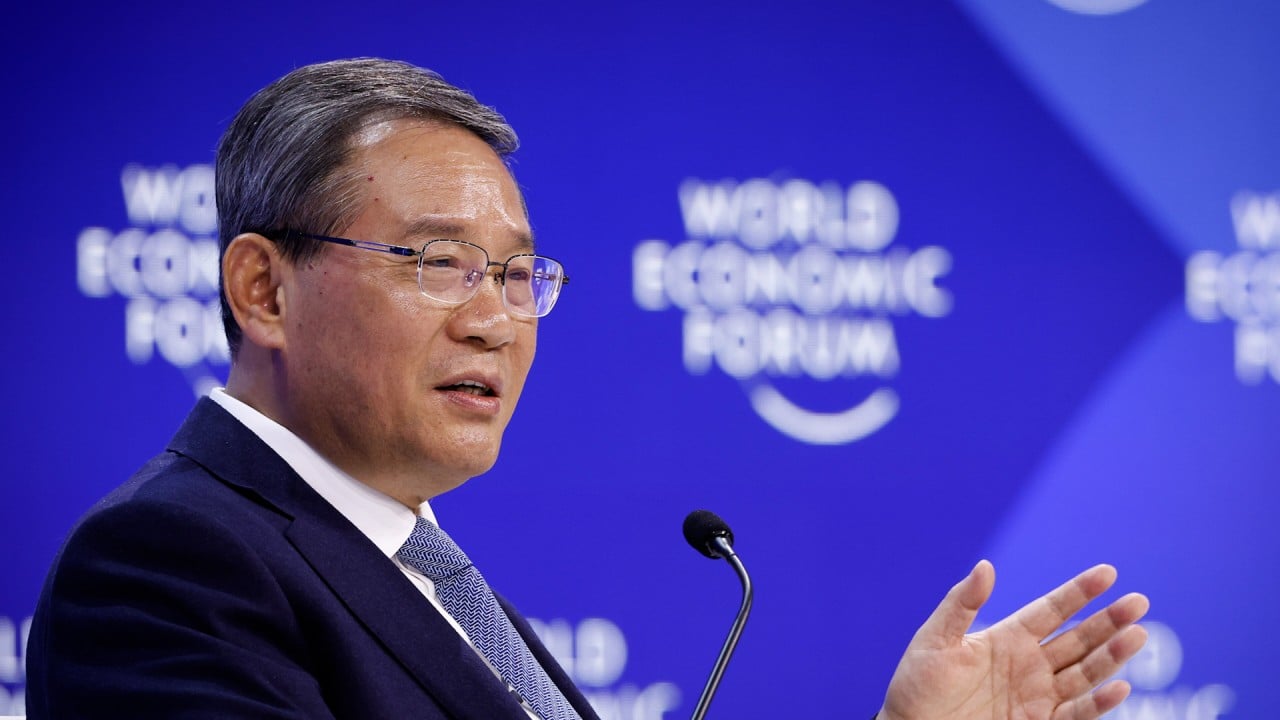
31 Jan Opinion | China’s economic prospects are brighter than they appear
Such sales increased by 7.2 per cent last year, reflecting a recovery in consumer spending after a dip in 2022. But sustaining this growth momentum seems unlikely, and many Chinese economists expect a significant consumption slowdown in 2024.
Weighed down by weaker global demand, China’s net exports declined by 1.3 per cent in renminbi terms in 2023. Given that the global economic outlook is unlikely to improve in 2024, it is reasonable to expect that the contribution of net exports to China’s GDP growth will be minimal.
Consequently, to meet a 5 per cent GDP growth target, investment growth must increase significantly. China’s fixed asset investment, a proxy of capital formation, rose by only 3 per cent in 2023, however, compared to 5.1 per cent in 2022.
Fixed asset investment consists of three primary categories: manufacturing, real estate and infrastructure. Within the manufacturing sector, several industries experienced significant growth in 2023, as investments in electrical machinery and equipment, instruments and meters, automobiles and hi-tech industries surged in the first 11 months by 34.6 per cent, 21.5 per cent, 17.9 per cent, and 10.5 per cent, respectively. But the increase in manufacturing investment was just 6.3 per cent, compared to 9.1 per cent in 2022.
Meanwhile, real-estate investment fell by 9.1 per cent in the first 11 months of 2023 and, despite signs of improvement, is still expected to decline this year.
If manufacturing investment fails to rise significantly, and the recovery in real-estate investment remains underwhelming, a rough calculation – based on available and somewhat inconsistent data – indicates that infrastructure investment would need to grow by more than 10 per cent to compensate for the decline in consumption growth. Given that infrastructure investment increased by just 5.9 per cent in 2023, achieving double-digit growth poses a significant challenge.
China’s manufacturing activity rebounds slightly, but remains in contraction
China’s manufacturing activity rebounds slightly, but remains in contraction
To be sure, infrastructure investment tends to be unprofitable and does not generate significant cash flows, which is why such investments should be financed directly through government budgets. But to ensure that China meets its infrastructure needs, policymakers must invest in efficient, high-quality projects.

Fortunately, the Chinese government has the financial resources it needs to confront these challenges head on. By implementing expansionary fiscal and monetary policies and pursuing meaningful reforms, China would be well-positioned to reverse its decade-long economic slowdown in 2024 and maintain robust growth for years to come.

